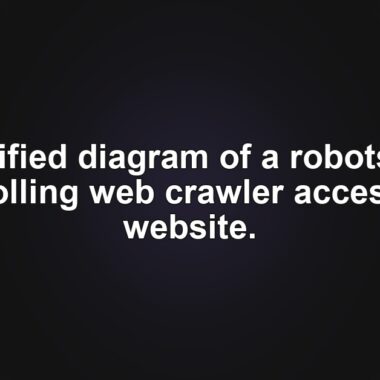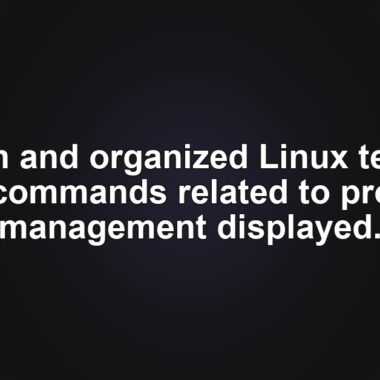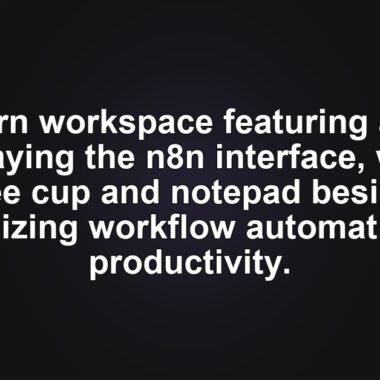![]()
Mastering Ubuntu Installation: A Beginner’s Guide
Choosing the right Linux distribution is essential, and Ubuntu stands out as one of the best for its simplicity and scalability.
Why Choose Ubuntu?
Ubuntu is renowned for being user-friendly, customizable, and scalable. It’s an excellent choice for beginners and intermediates looking to dive into the world of Linux. The operating system is supported by a strong community and offers extensive documentation, making it easier to troubleshoot any issues that may arise.
Preparing for Ubuntu Installation
Before diving into the installation process, ensure your computer meets the following requirements:
- 2 GHz dual-core processor or better
- At least 4 GB of RAM
- 25 GB of free disk space
- USB port and a USB stick with at least 4GB capacity
These requirements ensure a smooth installation experience and optimal performance.
Installing Ubuntu by Wiping Out the Old Operating System
One of the cleanest methods to install Ubuntu is to replace the existing operating system. This approach ensures that all previous files are removed, providing a fresh start with Ubuntu.
Here’s how you can do it:
Step 1: Download Ubuntu OS
Begin by downloading the Ubuntu OS ISO file from the official directory. You can choose between different flavors of Ubuntu, but the main Desktop version is recommended for its comprehensive features.
Step 2: Create a Bootable USB
Use software like Rufus to create a bootable USB drive. Download the portable version of Rufus for ease of use. Open the executable file, select the Ubuntu ISO, and follow the prompts to create your bootable USB.
Step 3: Install Ubuntu from USB
Restart your computer and access BIOS to change the boot order, prioritizing the USB drive. This will start the Ubuntu installer, allowing you to proceed with the installation.
Installing Ubuntu Using VirtualBox
If you prefer not to alter your existing operating system, consider using VirtualBox to install Ubuntu. This allows you to test Ubuntu within a virtual environment.
Step 1: Download and Install VirtualBox
Download Oracle VirtualBox and follow the installation prompts. Ensure you accept the network interface settings during installation.
Step 2: Create a Virtual Machine
Open VirtualBox, create a new virtual machine, and allocate resources like RAM and storage. Assign the Ubuntu ISO to the virtual machine to proceed with installation.
Proceeding with the Ubuntu Installer
Whether using a bootable USB or VirtualBox, the Ubuntu installer will guide you through the process. Choose your preferred language, installation type (Normal or Minimal), and other settings like time zone and user credentials.
Why Choose Hostinger for Your Hosting Needs?
For reliable hosting solutions, consider Hostinger. Their platforms are optimized for Ubuntu and other Linux distributions, ensuring excellent performance and support.
Conclusion
Installing Ubuntu is a rewarding experience that opens up a world of possibilities. Here’s a quick recap of what we’ve covered:
- The requirements for installing Ubuntu on a desktop
- Creating a bootable USB with Rufus
- Installing Ubuntu by replacing the existing OS or using VirtualBox
Have any questions? Feel free to leave them in the comments section below.
Starter-Pack
How to Install Python Pip on Ubuntu
Learning Ubuntu: Set Timezone (3 Easy Methods)
How to Install Redis on Ubuntu
How to Install Node.js and NPM
How to Check Ubuntu Version Using GUI and Terminal Commands
How to List Installed Packages on Ubuntu
How to Configure Ubuntu Firewall
Ignas R. takes great satisfaction in helping people tackle even the most complex technical issues. His current goal is to write easy-to-follow articles so that these issues will not happen at all. During his free time, Ignas likes to play video games and fix up things around his house.
👉 Start your website with Hostinger – get fast, secure hosting here 👈
🔗 Read more from MinimaDesk:
- How to Disable xmlrpc.php in WordPress: A Step-by-Step Guide
- The Ultimate Guide to WP-Content: Access, Upload, and Hide Your WordPress Directory
- Understanding the WordPress Template Hierarchy: A Beginner’s Guide
- 40 Essential WordPress SEO Tips to Boost Your Website’s Rankings
🎁 Download free premium WordPress tools from our Starter Tools page.








